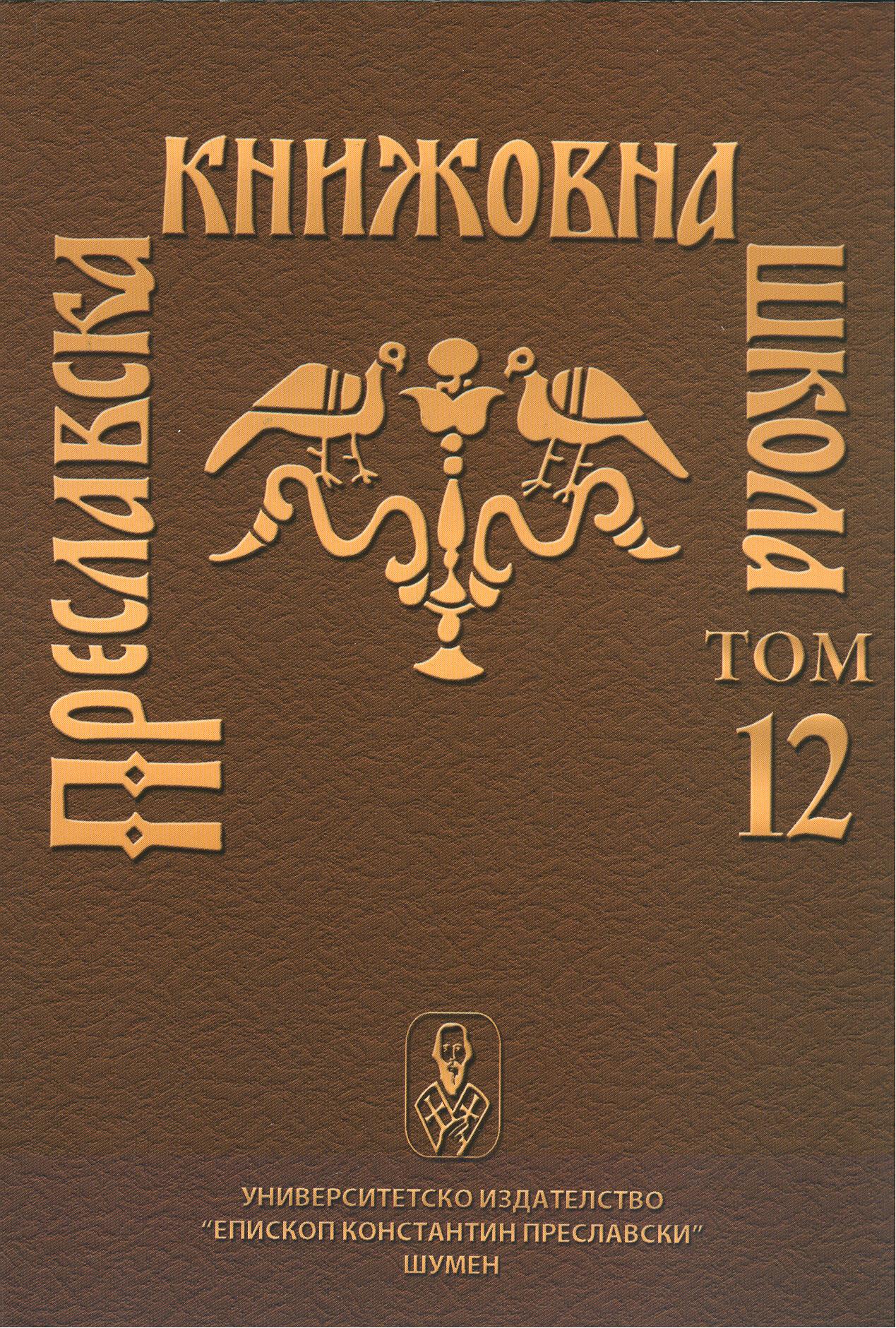МАНАСТИРЪТ ВЕЛЮСА (ИСТОРИЯ, АРХИТЕКТУРА, ИЗКУСТВО)
THE VELIUSA MONASTERY: HISTORY, ARCHITECTURE AND ART
Author(s): Pavel, Archimandrite StefanovSubject(s): Christian Theology and Religion, History, Fine Arts / Performing Arts, Architecture, Middle Ages, Theology and Religion, 6th to 12th Centuries
Published by: Шуменски университет »Епископ Константин Преславски«
Keywords: "Veliusa" monastery; architecture; Art
Summary/Abstract: This medieval monastery combines Bulgarian, Byzantine and Georgian Orthodox church traditions. It is one of main landmarks of the Stroumitsa region in modern Macedonia. It is devoted to the Virgin Mary Eleusa icon reconsidered by the local populace as "Veliusa". The cloister was founded in 1080 by the monk Manuel who came from St. Auxentius monastery in Bithynia (Asia Minor) and later became Bishop of Tiberioupolis (Strumitsa). Veliusa possessed large land properties confirmed by four chrysobulls of the Emperors Alexius, John and Manel Comnen. The church has four apses and an octagonal dome with a chapel added to the south. In the second half of the 14th century an exonarthex and a shed were built to the south as well. Another shed was later made at the north wall. The church contains partially preserved brilliant frescoes from two periods. The first ones date from the 11th-12th century and belong to the Comnen art school. Later murals from the 12th century are found in ! the exonarthex and the southern shed. Other gems of the church are the original marble iconstand and the floor mosaic of the 11th century. The Veliusa monastery was dependent on the Iber monastery on Mount Athos. It was burnt down during WW1 but is now thriving. The 10 nuns who inhabit it are engaged in lively economic and publishing activities.
Journal: Преславска книжовна школа
- Issue Year: 2012
- Issue No: 12
- Page Range: 418-431
- Page Count: 14
- Language: Bulgarian

